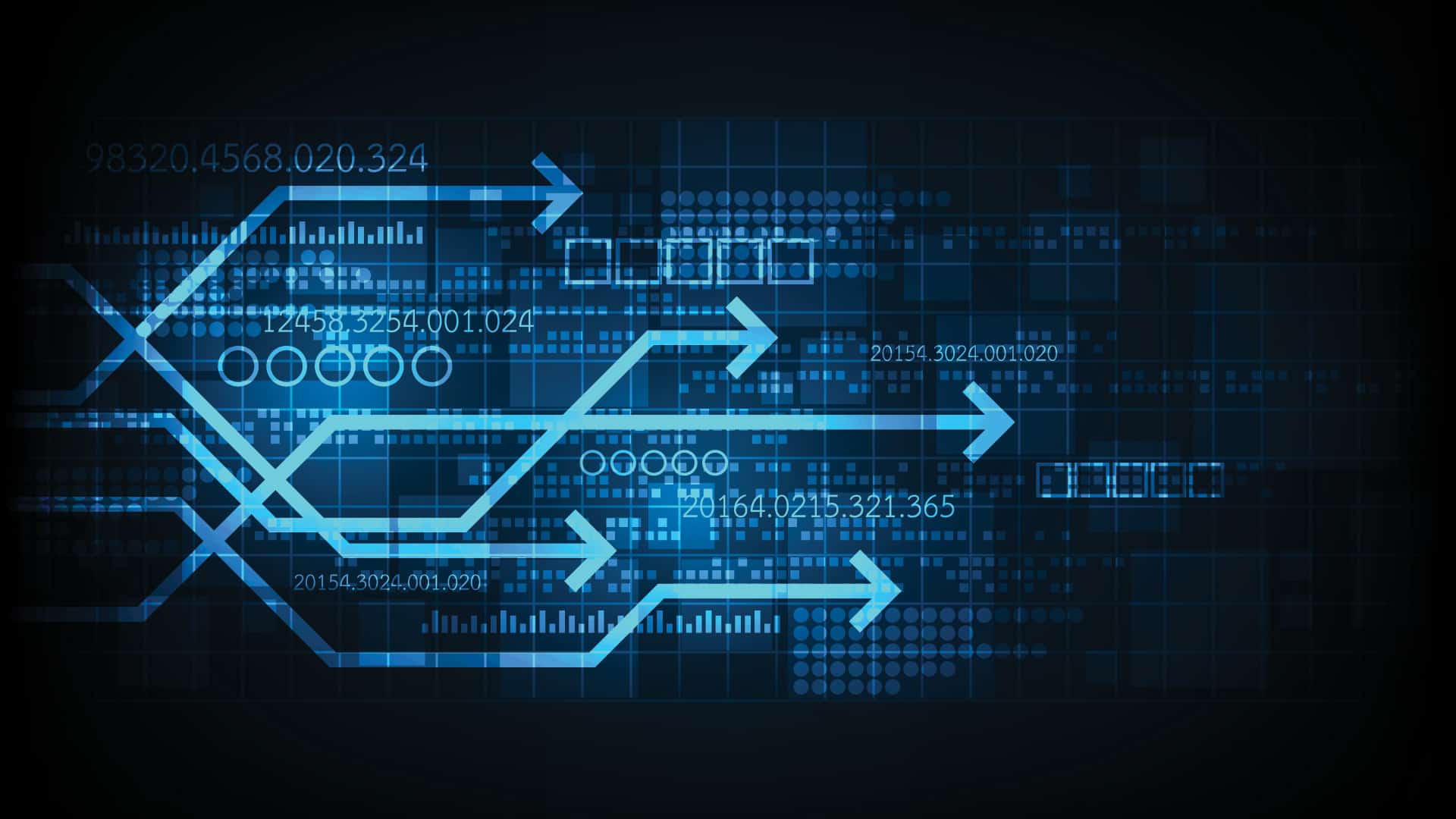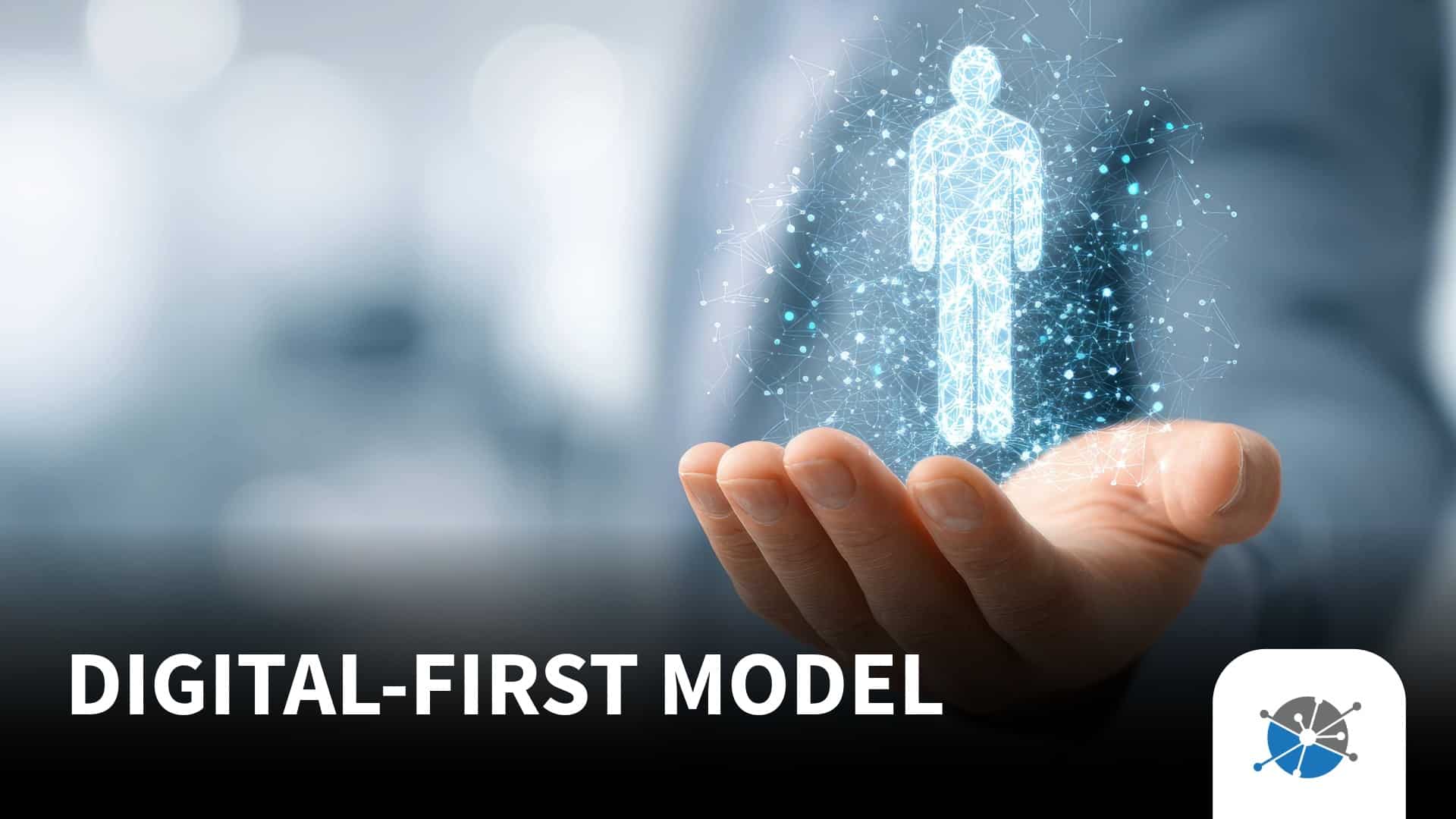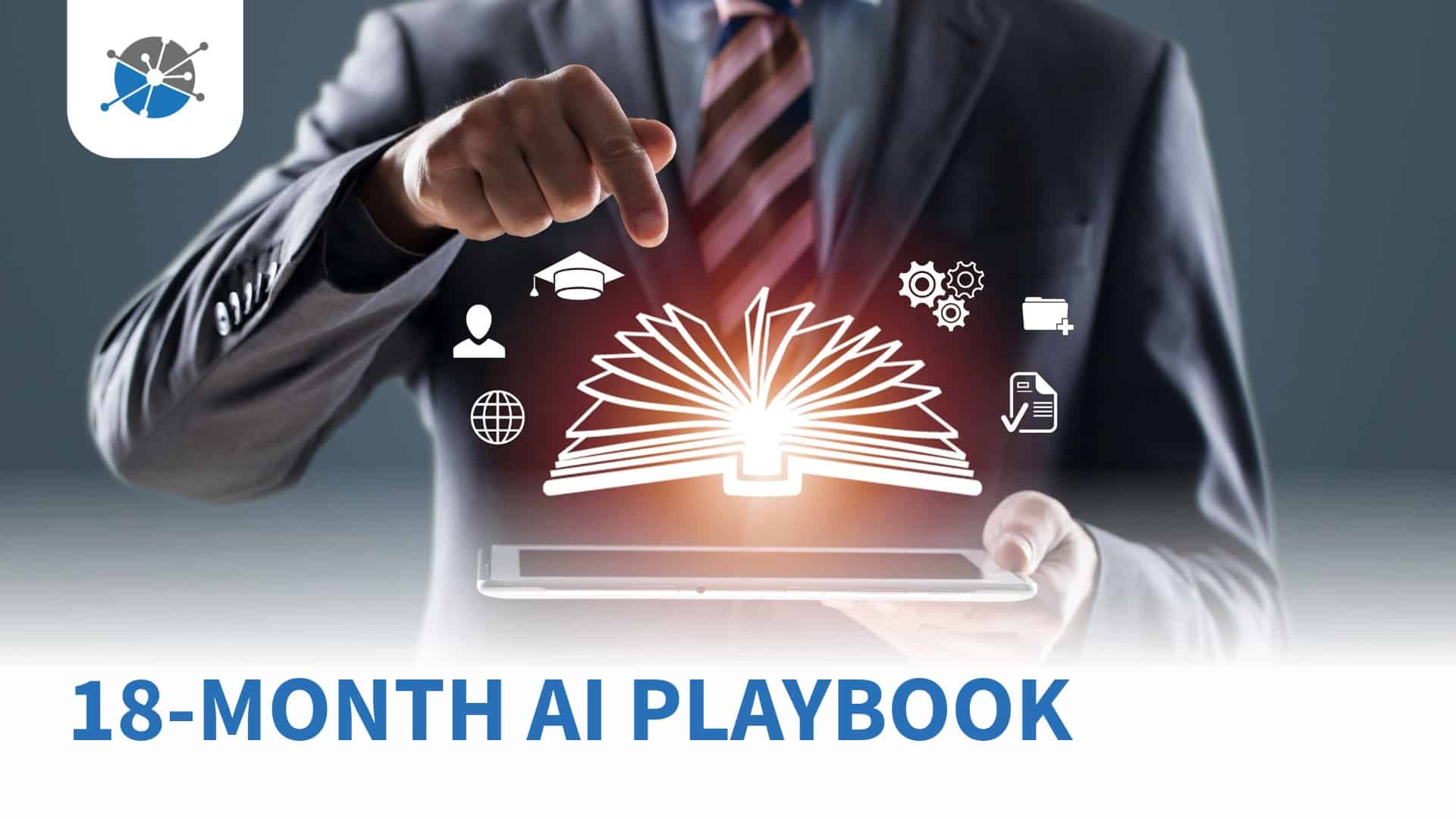
Is your collection platform Omni-Channel collection enabled?

Is your collection platform Omni-channel collection enabled?
The majority of collection organizations, from a lender to an outsourced collections firm, are pursuing digital channel interaction and engagement capabilities to expand their consumer communication options. Driving this move is the decline in the effectiveness of traditional communication channels (letters and telephony), and the rising success of digital channel communications (SMS/text, email, chat and consumer self-serve collection portal). This move is also a result of collection organizations anticipation of the CFP’s proposed new ruling expected in 2020 that will likely have a major impact on how collection operations will contact and communicate with consumers going forward.
(See proposed rule at https://files.consumerfinance.gov/f/documents/cfpb_debt-collection-NPRM.pdf)
| Organizations taking steps to have digital channel capabilities should actually be taking steps towards having a collection system that is Omni-Channel collection enabled. Having a collection system that is Omni-Channel collection enabled represents greater operational compliance, and collections performance over traditional collection systems. |
It is important to note that having an Omni-Channel collection enabled system is not simply a matter of “bolting-on” digital channel communication capabilities to a collection software platform and away you go. It entails a collection system that is seamlessly integrated with both traditional and new communication channel software and/or service providers. It is also a system that centrally sets, manages, and controls all initial and ongoing collection and communication strategies within and across all contact channel(s). An Omni-Channel collection enabled system will include the ability to instantly process new and/or updated information that can automatically trigger the appropriate “next communication action(s)” and/or systematically move the account to the appropriate subsequent step in the workflow. The end result is a more consistent, and appropriate engagement across all touchpoints and devices, by both the consumer and the collection organization.
Collection systems that have Omni-Channel enablement are designed and developed to easily capture, store, compile, and utilize a broader and more detailed set of data across all communication channels, in real time. This is critical for engaging in holistic consumer communication management, optimizing collection communication channel strategies, creating more effective consumer messages, and being able to properly adhere to compliance requirements. This includes the ability to capture and use the consent data in real time for consumer communication management—as part of an agent’s desktop display, used in a collection communication strategy, made a part of a contact workflow rule, and/or serves as the basis for a message event trigger. Communication consent data may include (but not limited to) the number of contacts attempted and completed for each consumer, by communication channel, and for all channels, and within a given period. This sort of granular level of data is just not easily captured and/or cannot be appropriately leveraged in most existing collection systems. The reason being, they were simply never truly designed and developed to support this sort of capability.
There are several key capabilities that a collections system should have in order to properly support Omni-Channel collections. Those capabilities include:
- Seamless integration with all contact/communication channels – telephony/dialer, inhouse & outsourced letter generation, agent desktop, email, SMS/text, chat, and ringless voicemail.
- Real-time processing – within the collection system, with other integrated applications, and with external service providers where key contact/communication information is being exchanged.
- Embedded digital channel communications capabilities (within the collection system database), at the collector desktop, within the strategy/rules engine, messaging templates, and within the tracking & reporting functions.
- Robust centralized strategy engine (may also utilize a machine learning/AI platform).
- Integrated consumer self-serve collection portal.
- Omni-channel collections related data capture, compilation, management, utilization – for all communication channels, associated strategies, and related steps/actions and contact. This includes the systematic capture of details on every contact/communication engaged for each account (contact type, channel used, # of contacts within/across channels, and associated results within a defined given period).
- Detailed tracking, reporting, and analytic capabilities specific to omni-channel communications – comprehensive reporting and analysis is essential to gain more insights, identify emerging trends, and refine strategies.
Not having a collection system with these omni-channel related capabilities or not having them enabled in a highly seamless and embedded manner is likely to put a collection operation at risk for their performance and compliance. Not to mention, at a distinct disadvantage with organizations that have these capabilities within their collection system. For example, not having “real-time” processing within your collection system for omni-channel collections, means a payment made just now by a consumer via SMS/text will not trigger an immediate automated process to instantly inform the collector of the payment. Nor will it automatically pull the account from the collector’s que, remove the account from a dialer campaign, and/or stop the demand letter from being sent. The same can be said in the event a consumer establishes an agreed upon payment plan via a self-serve collection portal.
Without having seamless integration between the portal and the collection system—along with real time processing and a central rules engine to immediately react to the current event and drive the appropriate “next actions”—a series of missteps will likely ensue, such as:
- A collector contacting the consumer because they were not immediately made aware of the payment that was just made by the consumer.
- A demand letter was sent out later that day even though the consumer established a payment plan via the self-serve collections payment portal earlier the same day.
These missteps result in the collection organization wasting time, resources and expenses engaging in collection actions that were not needed and/or strategies no longer appropriate. Not to mention the customer’s ill-will and complaints to management from the collector needlessly contacting the consumer, and/or the confused consumer calling customer service about a collection notice they received on an account they already paid via the self-serve portal.
Conclusion
The collection industry is going through a major change due to growing regulatory compliance requirements, the heightened desire by collection organizations for broader collection communications capabilities, and the increased pressure to improve their overall collections performance. Many firms think the answer lies with leveraging digital channel communications capabilities. However, the more complete and better answer lies with moving to a new and modern collection software system. One that offers a broader and richer set of capabilities, including digital channel communication capabilities and more importantly Omni-Channel collection enablement. With that in mind…
| maybe you should be asking yourself “is your existing collection system enabling you or disabling you when it comes to driving more effective and compliant communications, and better overall collections? |
About the author
Robert Fite has compiled over 25 years of experience in the credit & collections industry with extensive expertise in decision management software tools, credit data, risk scoring, and collection technology. He has held leadership positions with Experian, Fico, and LexisNexis, and has worked with hundreds of lenders of all types, sizes and credit products, throughout North America.
Robert Fite email: [email protected] / LinkedIn: www.linkedin.com/in/robert-fite-3003494
This whitepaper has been brought to you by Telrock, a global technology provider of SaaS based collections platforms and consumer credit lifecycle digital engagement solutions.
Key solutions serving the collections market include:
- Optimus, an enterprise class integrated collections & recoveries platform, and
- SmartCollect, a digital channel messaging and engagement service with consumer self-serve portal features for collections and customer care.
Telrock serves major lenders, processors, and BPO’s across Europe, Asia & North America, with offices in London, UK and Atlanta, GA.
For More Information
North America: Rob Fite at +1-678-451-9975 or [email protected]
London, UK: Nigel Young at +44 (0) 207 183 1573 or [email protected]
This article courtesy of Telrock.







